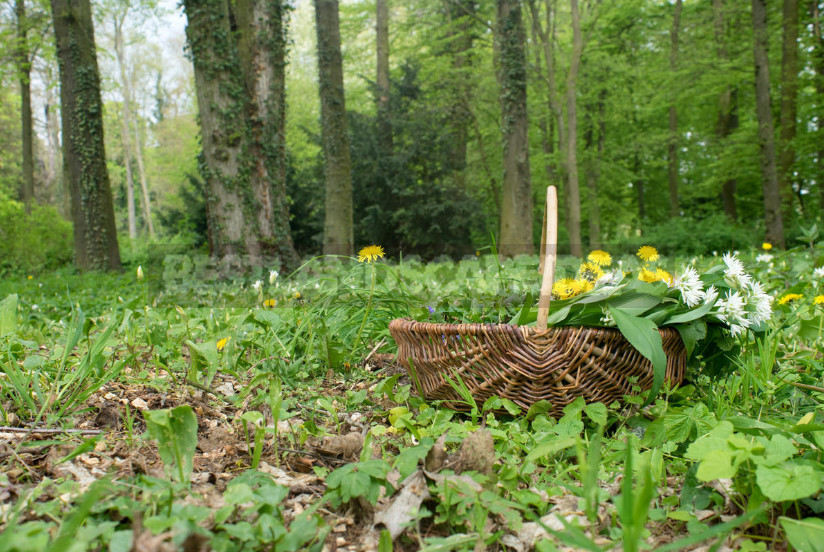
Collect only those medicinal plants that you know well. Do not harvest raw materials on roadsides, near industrial facilities, in other similar places. Do not collect rare and endangered species. When collecting any raw materials be careful not to tear more than you need.
Viburnum opulus
Viburnum opulus flowers are used for medicinal purposes less often than berries or bark of this plant. However, they also have healing properties.
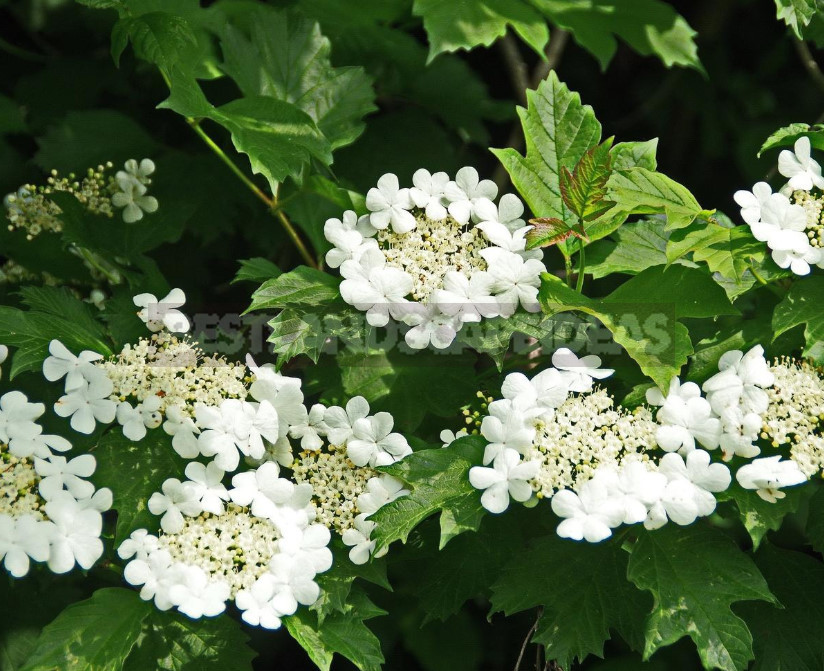
In folk medicine, infusion of viburnum flowers is used in the treatment of inflammatory diseases of the female genital organs, as well as externally — for rinsing with angina. Decoction of flowers is used for cough, cold, atherosclerosis.
Harvest flowers by cutting the entire inflorescence. The raw material is dried under a canopy or in a well-ventilated area, and then cleaned of pedicels. Shelf life — 1 year.
Alchemilla vulgaris
Alchemilla vulgaris uses grass as a medicinal raw material, which is harvested during flowering. Young leaves and shoots plants rich in vitamin C are also eaten, adding to spring salads.
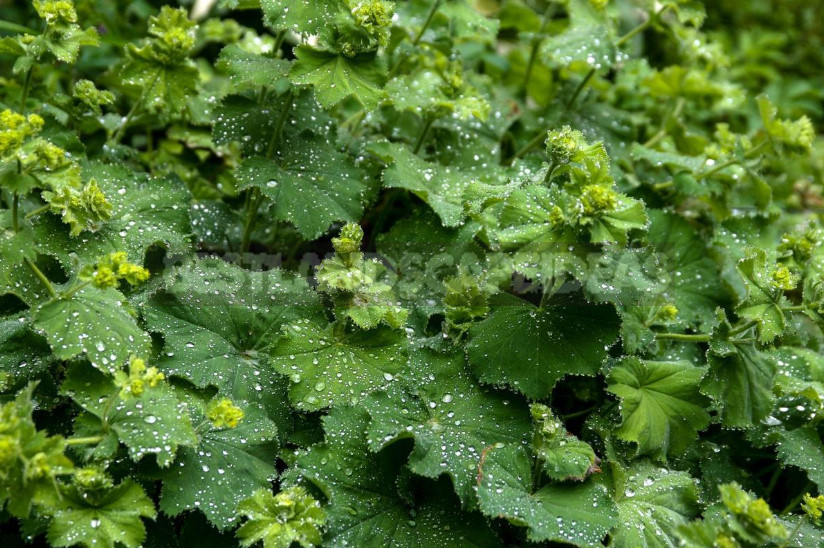
Grass Alchemilla vulgaris has hemostatic, wound healing, astringent effect. Infusions of grass are used for violations of the menstrual cycle, gastric colic, diarrhea. Wine with Alchemilla vulgaris is considered an effective remedy for dysbacteriosis; it is also used in the treatment of diseases of the gastrointestinal tract, flatulence, blood diseases. Externally use a decoction (for baths with rashes on the skin). Mush from fresh leaves is applied to cuts, wounds, boils.
The collected raw materials are dried in a well-ventilated area or in the shade outdoors. Shelf life — 1 year.
Taraxacum officinale
Taraxacum officinale is probably familiar to everyone. This amazing plant has healing properties of all parts; in may, at the time of flowering leaves and flowers are harvested.
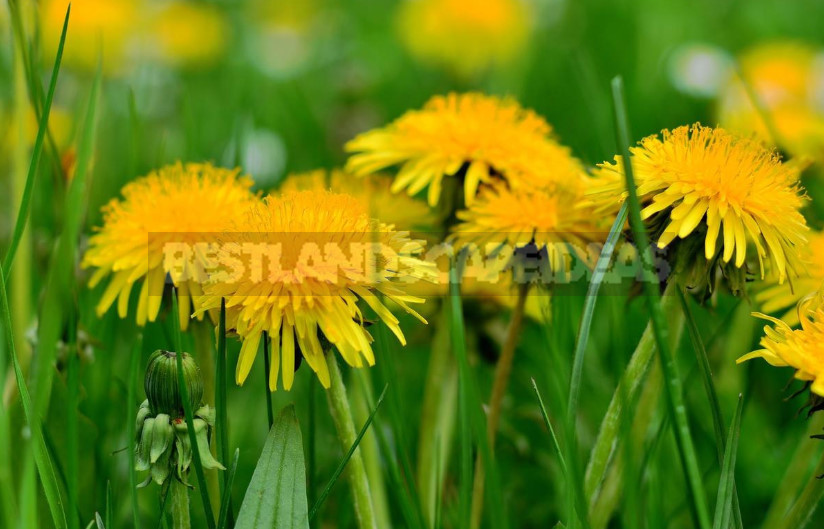
The leaves of Taraxacum officinale consumed in food, as a ingredient spring vitamin salad. From the flowers prepare jam and “honey”, which has a tonic, restorative effect. Preparations of leaves and flowers are used in the treatment of liver diseases, urinary system; decoction of flowers — with hypertension, insomnia. Tinctures of flowers Taraxacum officinale is used externally for rheumatism, colds, and water infusion displays freckles and age spots.
For cooking and medicinal drugs usually take fresh flowers and leaves; these raw materials are not dried. Using it, it should be borne in mind that in some people its pollen can cause an allergic reaction.
Syringa vulgaris
Medicinal raw materials in Syringa vulgaris are flowers and leaves harvested during flowering.

Preparations Syringa vulgaris have diuretic, diaphoretic, wound healing, expectorant and anti-inflammatory action. From flowers and leaves prepare infusions, decoctions, tinctures, oil. They are used in the treatment of rheumatism and joint diseases, osteochondrosis, kidney disease, stomach ulcers, neuralgia, whooping cough, pulmonary tuberculosis. The tincture is used externally in ringworm; as a gargle — tonsillitis, pharyngitis, laryngitis. Lilac preparations are considered to be an effective remedy for malaria. Outwardly fresh leaves are used for early healing of wounds, ulcers, treatment of barley.
Important! All parts of the plant contain glycoside syringin, which has anti-inflammatory, analgesic and bactericidal action; this substance is poisonous, so the internal use of Syringa vulgaris drugs must strictly observe the recommended dosage and do not exceed the prescribed period of treatment.
Collected flowers first quickly deteriorate in the sun, and then dried in the shade; the leaves are dried under a canopy or in a well-ventilated area. Shelf life — 1 year.
Ribes nigrum
Ribes nigrum is a berry shrub growing in many gardens. In the spring and early summer (before ripening) harvest the leaves of this plant.
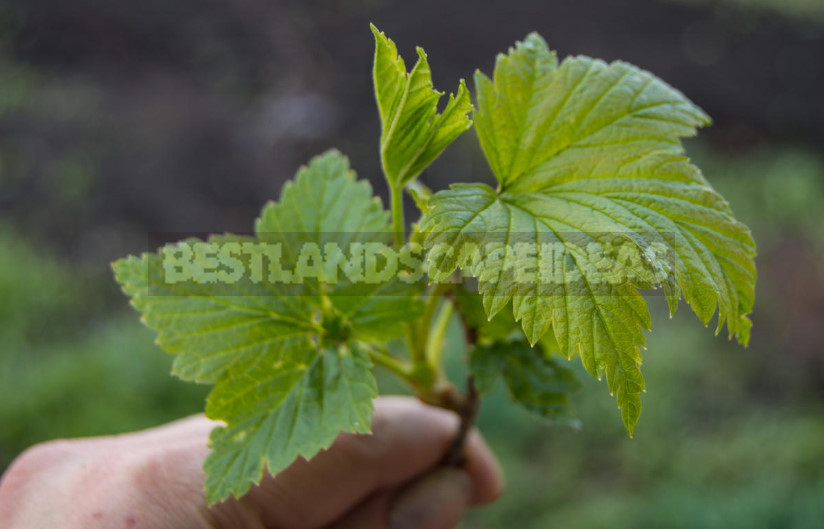
Currant leaf has a diuretic, diaphoretic, anti-inflammatory effect, helps to remove uric and oxalic acid from the body. It is added in tea and herbal blends for fragrance; included in the composition of vitamin and restorative fees (for vitamin C content, the leaves of currant not much inferior to the berries). Decoctions and infusions of black currant leaves are used in the treatment of kidney and bladder diseases, gout; use them to prevent atherosclerosis; externally — in skin diseases, various rashes.
Harvested raw materials are dried in the shade under a canopy or in a well-ventilated area. Shelf life — 1 year.
Padus avium, Padus racemosa, Prunus padus
The intoxicating aroma of Padus avium is one of the signs of may. At the time of flowering, flowers and leaves of this plant are harvested.
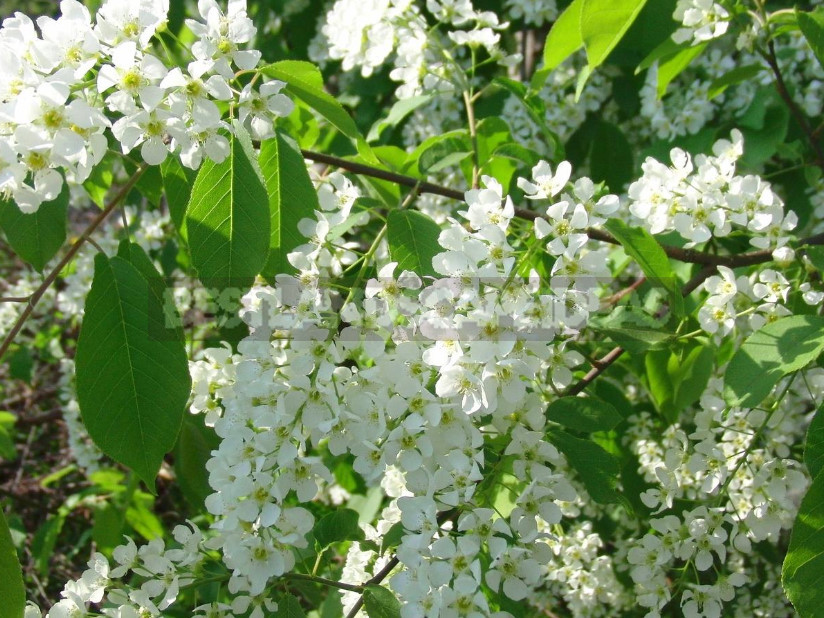
Decoction of flowers is used to regulate metabolism; externally infusion (in the form of lotions or washings) treat inflammatory diseases of the eye — conjunctivitis, blepharitis, keratitis. Preparations of leaves (infusions, decoctions) are used for bronchitis, pulmonary diseases, diarrhea in children; externally they are used for rinsing with inflammation of the oral cavity, lotions and compresses with furunculosis, douching in gynecological practice.
The collected flowers and leaves are dried in the open air, in the shade, avoiding direct sunlight. Shelf life of raw materials — 1 year.
Vaccinium myrtillus
Vaccinium myrtillus is widely known for its beneficial properties.

In may-June (until the berries ripen), the leaves of this plant are harvested, which have a choleretic, diuretic, astringent, anti-inflammatory effect and the ability to reduce blood sugar. They are included in the composition of medicinal herbs for diabetics and used for the preparation of decoctions and infusions used in the treatment of diabetes, diseases of the pancreas, inflammation of the bladder, enuresis.
Dried leaves in the shade under a canopy in the open air. Shelf life — 1 year.
Chelidonium majus
Medicinal raw material in Chelidonium majus is grass harvested during flowering. Often use fresh raw materials — leaves, juice, but some recipes allow you to use dried herbs.
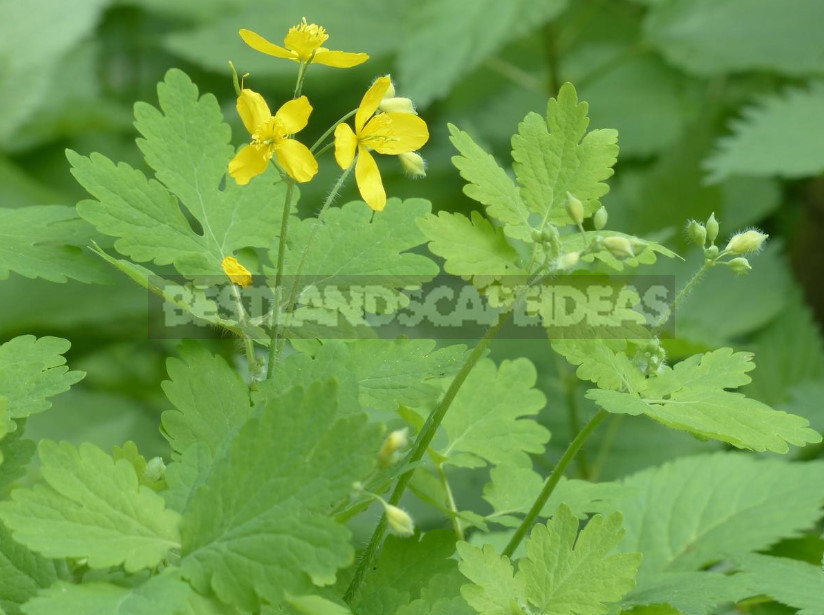
The herb celandine has antispasmodic, analgesic, soothing, antibacterial, antiviral effect; activates the secretion of bile; inhibits the growth of certain types of malignant tumors. Preparations celandine used to treat diseases of the liver, gallbladder, intestines, chronic prostatitis, atherosclerosis, gout. Juice celandine treat warts, corns, scabies, remove age spots. Decoction of celandine is used for baths for skin diseases, diathesis.
Important! This plant is poisonous, it is desirable to apply its preparations inside under the supervision of a doctor. In no case do not exceed the recommended dose and duration of treatment. The use of celandine is contraindicated in angina pectoris, epilepsy, bronchial asthma. With external use of juice should also be careful: an overdose of possible burns, inflammation.
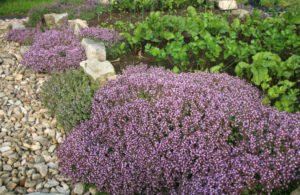
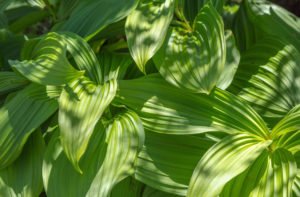
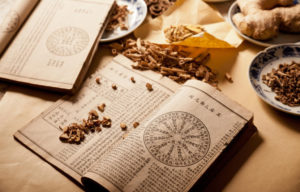
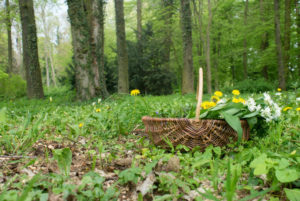
Leave a Reply